Our Stories
Recent Articles
History & Discoveries
Peeking Through the Draperies of National Statuary Hall
A short history of this significant space's special fabric.
History & Discoveries
Capitol Lyrics: "America the Beautiful"
The lyrics of this patriotic song are found easily at the U.S. Capitol.
History & Discoveries
A Hallowed Figure in American Art and Culture: the Bald Eagle
The bald eagle is painted, sculpted and carved throughout the Capitol campus. Its white head, wide wingspan and gnarled talons are ubiquitous.
History & Discoveries
Unearthing Capitol Hill's Buried History
Visit Congressional Cemetery and discover the many connections the Architect of the Capitol has to this hallowed ground.
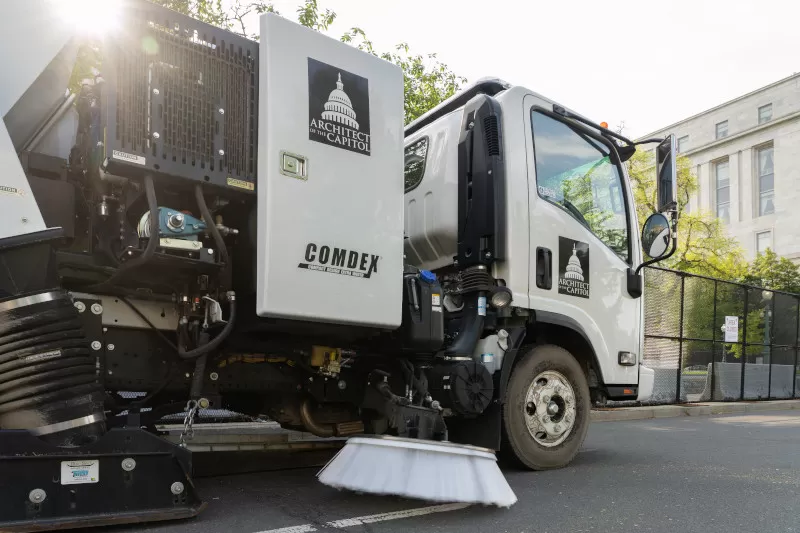

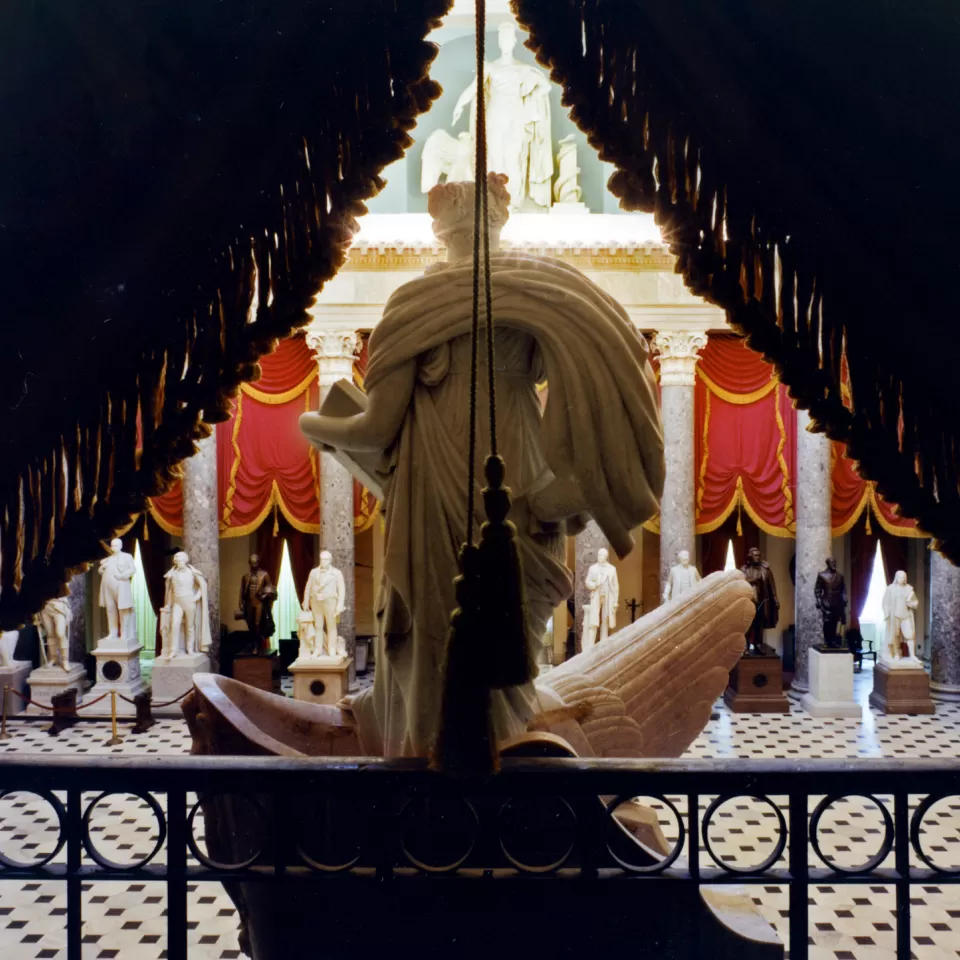
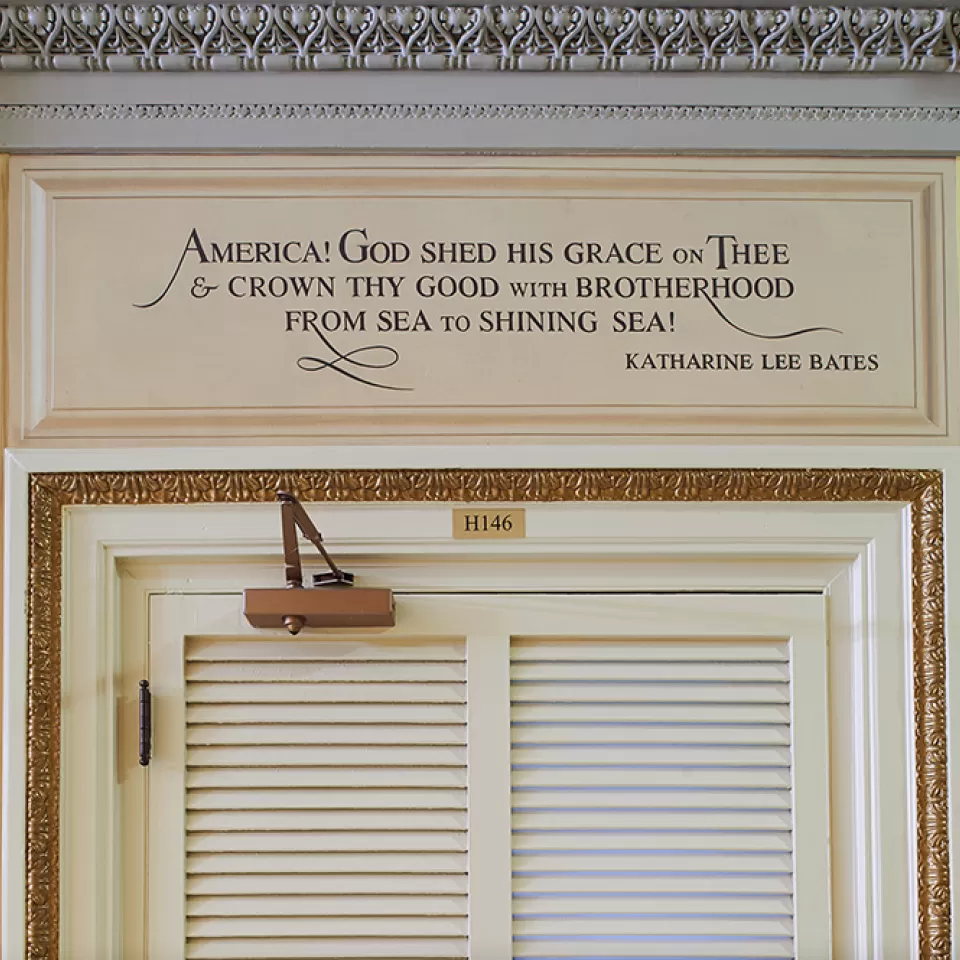
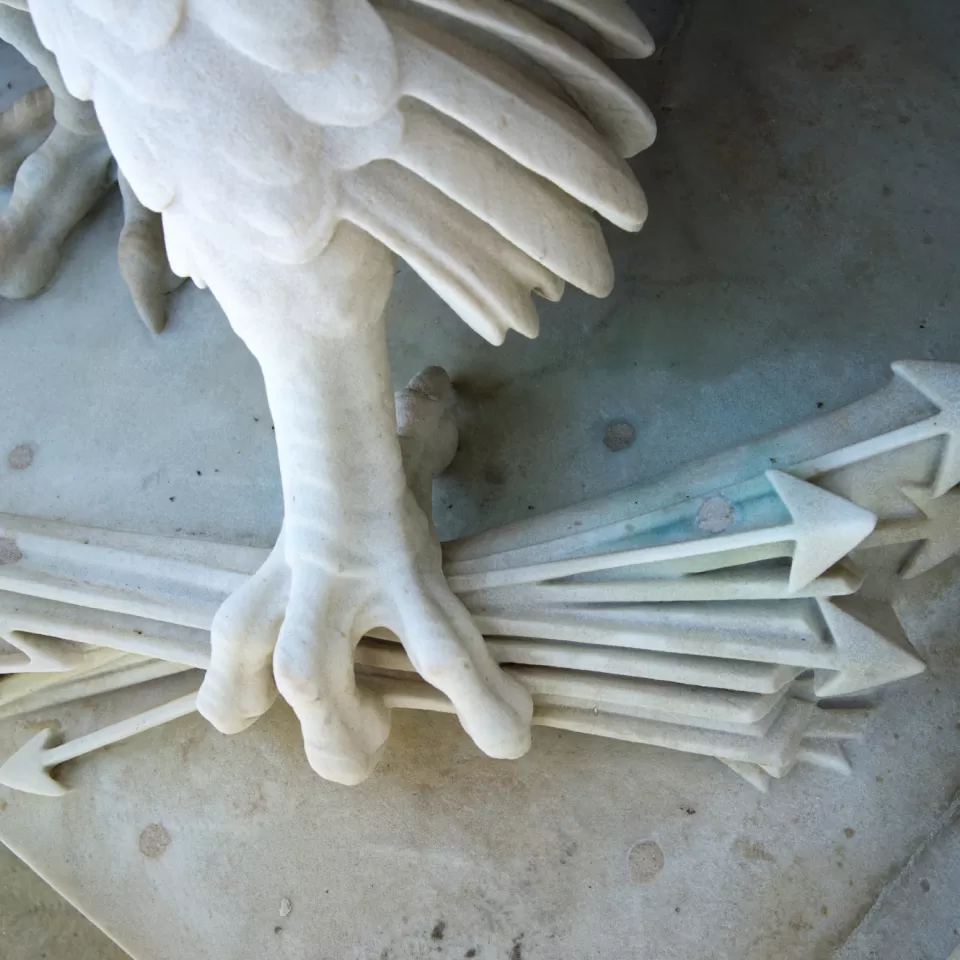
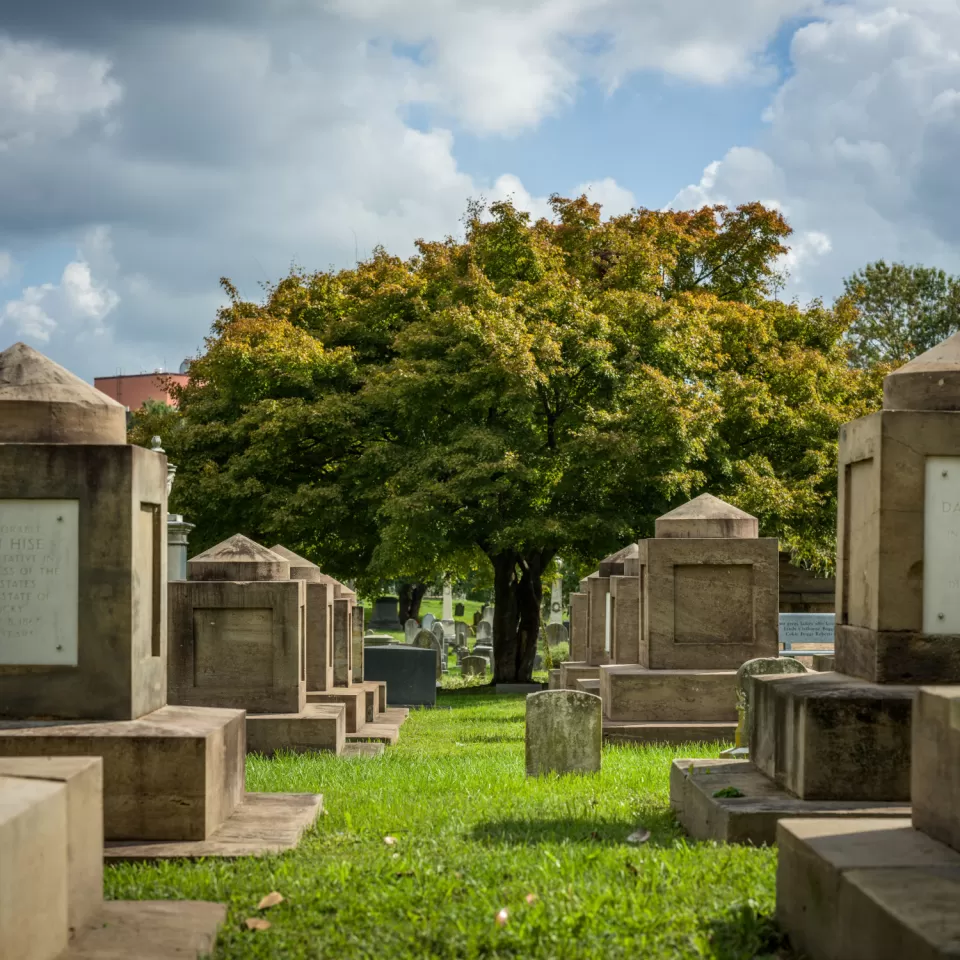
Comments
I wonder if along with the "groundskeeper with a broom, dustpan, horse and buggy," there was a groundskeeper with a hose. I vaguely remember pictures of streets being watered down.
Capitol Grounds rocks!
Thank You for this timely article and keeping our Capital clean.
Very interesting! Thanks for your article.
Add new comment